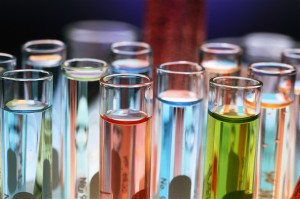LePage’s Devastating Environmental Proposals
Maine has come a long way to ensure our health and environment is protected for families and children. In the last thirty years, we’ve cleaned up our heavily polluted rivers, increased protections for inland fisheries and wildlife, and passed protections to ensure the everyday products we buy are safe from toxic harm.
In January, Governor Paul Le Page sent the Maine Legislature a sweeping package of roll backs of Maine’s environmental protections. If passed, the changes would increase air pollution, expose Mainers to mercury, lead, and other toxic chemicals, threaten wildlife, weaken policies that hold companies accountable for breaking the law, and abolish the Board of Environmental Protection--a citizen board that gives Maine people a voice in environmental policymaking, among other things.
In the next couple of weeks, Maine legislators will decide whether they will stand for out-of-state interest or the interests of Maine people. Send a message to lawmakers saying you are outraged by LePage's proposals. You can also attend the upcoming hearing on Monday, February 14th at the Statehouse to voice your opinion in person.
Maine women deserve the right to live in a clean environment and know that the products we buy won’t harm our health or our families. We are committed to ensuring the preservation of Maine’s progress in environmental health.
Maine is already a national leader for advancing environmental protections in the realm of public health, especially the health of our children through the landmark 2008 Kid-Safe Products Act. LePage’s proposals would take move Maine backwards. Take action to preserve Maine’s progress for generations to come.


 The more we learn about the 80,000-100,000 unregulated chemicals out there, the more we realize how dangerous some are to our health. There is growing evidence linking chemical exposure to
The more we learn about the 80,000-100,000 unregulated chemicals out there, the more we realize how dangerous some are to our health. There is growing evidence linking chemical exposure to 